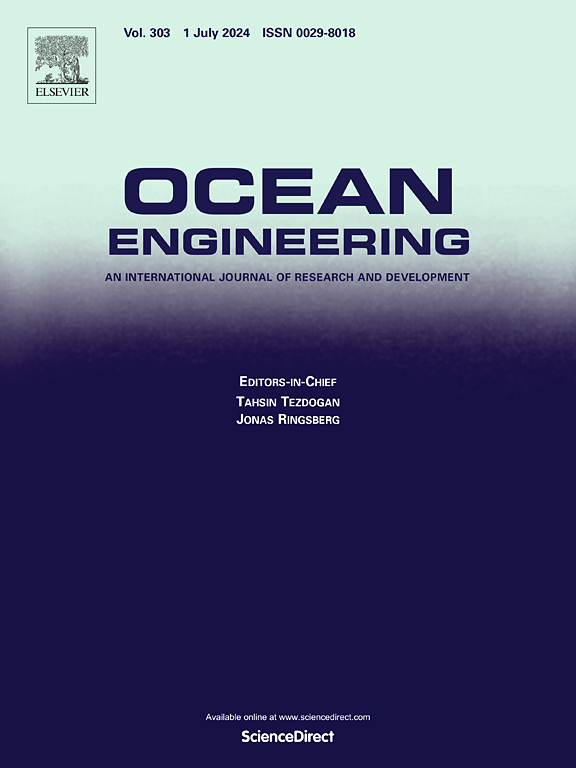An integrated SWOT-based interval type-2 fuzzy AHP and TOPSIS methodology for digital transformation strategy selection in maritime safety
IF 4.6
2区 工程技术
Q1 ENGINEERING, CIVIL
引用次数: 0
Abstract
In the maritime industry, ships are inherently involved in many high-risk operations. Digital transformation has great potential to minimize risks by improving safety protocols. This study presents an integrated approach combining SWOT analysis, the Interval Type-2 Fuzzy Analytic Hierarchy Process (IT2FAHP), and the Technique for Rank Preference by Similarity to Ideal Solution (TOPSIS) to identify and prioritize digital transformation strategies (DTS) aimed at improving maritime safety. The main objective of the study is to highlighting the importance of a strategic approach to digital transformation, focusing on solutions that facilitate operational safety, support proactive risk management, and enhance traceability, auditability, and procedural compliance. The research emphasizes the importance of a strategic approach to digital transformation, the critical role of digital monitoring and recording, and the efficacy of integrating operations-oriented digital solutions. The research results, which were confirmed by sensitivity analysis, show that the integrated method works well by showing that these strategies are prioritized in different situations. This study contributes to a theoretical understanding of digital transformation in maritime safety by providing a comprehensive framework for the systematic assessment of DTS. The research outputs have provided maritime stakeholders with actionable insights and a roadmap to improve their safety protocols. Overall, it promotes a safer, more efficient maritime industry.
求助全文
约1分钟内获得全文
求助全文
来源期刊

Ocean Engineering
工程技术-工程:大洋
CiteScore
7.30
自引率
34.00%
发文量
2379
审稿时长
8.1 months
期刊介绍:
Ocean Engineering provides a medium for the publication of original research and development work in the field of ocean engineering. Ocean Engineering seeks papers in the following topics.
 求助内容:
求助内容: 应助结果提醒方式:
应助结果提醒方式:


